The New Sofia Rule, Should it be Obligatory?
"The players should not offer draws directly to their opponents. Draw-offers will be allowed only through the Chief-Arbiter in three cases: a triple-repetition of the position, a perpetual check and in theoretically drawn positions."
Skeptics still debate if the Mtel Masters rule is the key to making games exciting. Here are some alternative suggestions and their effects:
1. Draw offer can be made after a certain number of moves have been completed.
Positive: This is a logical alternative of the Sofia rule since it will eliminate short draws as well.
Negative: It does not prevent draws in unbalanced equal endgame positions. Exactly there is the moment where chess gets exciting for the majority of the audience.
2. Every win is encouraged by financial incentive. The players receive parts of the prize fund not according to their final standing, but according to the number of games won.
Positive: Encourages the fighting spirit and makes the games exciting in unbalanced positions.
Negative: It is not fair for a player that drew all his games to take as much money as somebody who lost all his games.
3. A change the pointing system. For a win are rewarded 3 points, one point for a draw, and 0 points for a loss.
Positive: Encourages fighting chess, eliminates short draws, and increases importance of endgames.
Negative: Requires solid organization by FIDE and major tournaments to apply a global change. It will also be difficult to adjust to for experienced players.
4. Give different points for games drawn with black and white (0.45 to 0.55 for example).
Positive: Statistically it will bring down the number of draws by reducing the strive for draws with blacks.
Negative: This rule will make many last round games a draw for securing a certain place in the table.
There are many more interpretations of the need for change in rules. Obviously none of them is perfect. We would love to hear more options from you, the readers. Also, we want to hear your opinion on the pros and cons of Sofia rule. We are looking forward to your posts.
More on the topic:
Chess media about Sofia rule
The longest tournament chess game ever to be played under modern time rules was Nikolić - Arsović, Belgrade, 1989, which lasted for 20 hours and 15 minutes, ending in a 269-move draw. With modifications to the fifty move rule, this record is unlikely to ever be broken.
What was the shortest game?
Longest decisive game without a capture?
Find out here





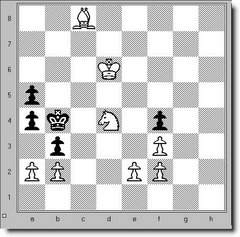
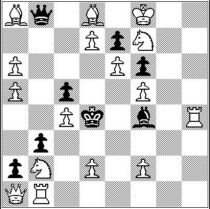
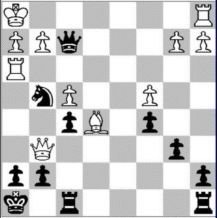
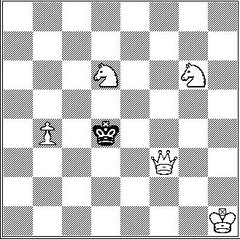
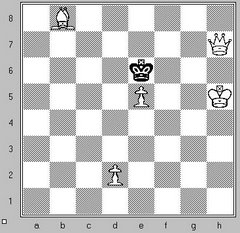
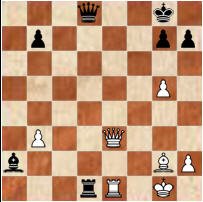

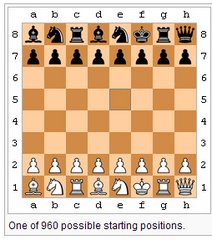
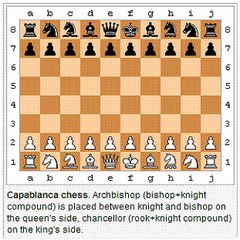
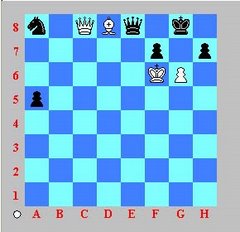
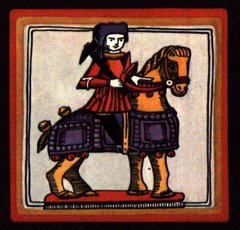
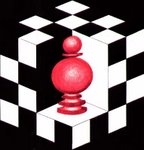




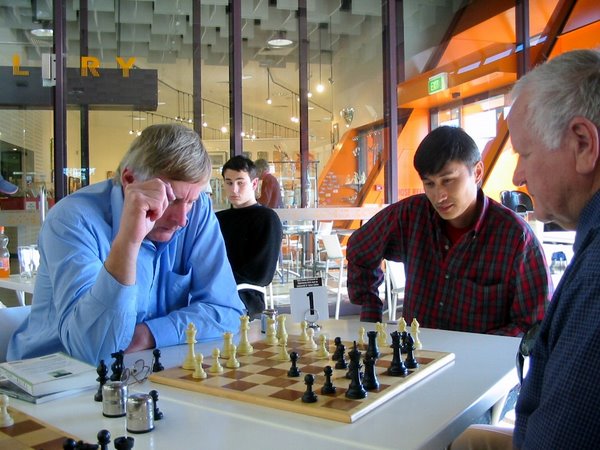
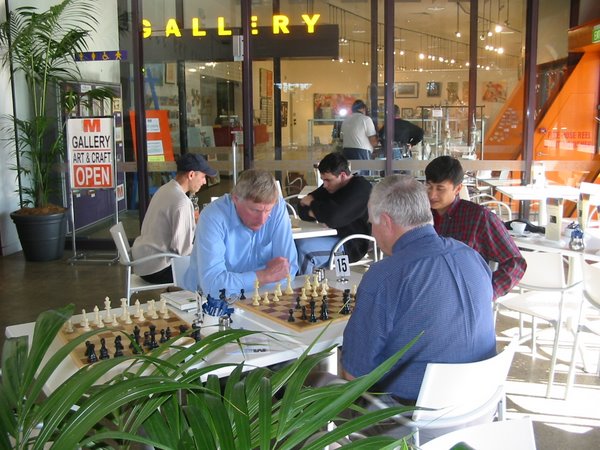
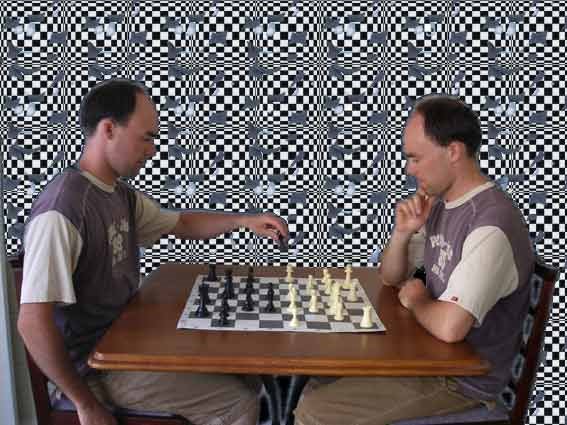

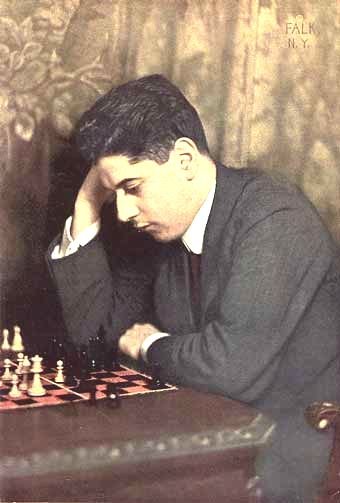
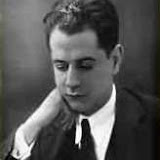
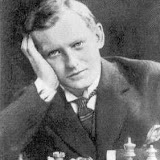
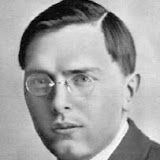
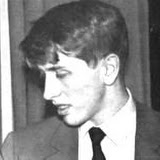
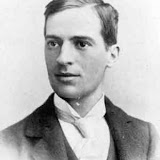

5 comments:
When did the fifty move rule come into affect?
I believe the 50-move draw evolved during the 1800's, and the three-fold repetition started around 1883. Italian players continued to use a different kind of castling move until the latter 1800's.
Blogmaster
One of the best end games I have seen was between Karpov Vs. Kasparov. Instead of playing 113...a6, Kasparov should have claimed a draw by the 50 move rule.
http://www.chessgames.com/perl/chessgame?gid=1067317
Sorry I meant Karpov, he was going for mate and kasparov at the last moment delivered a wonderful blow to create the draw!
What I would like to know is, what were the modern modifications mentioned in the article.
[quote
With modifications to the fifty move rule, this record is unlikely to ever be broken! [unquote]
thank you
Dan
Post a Comment